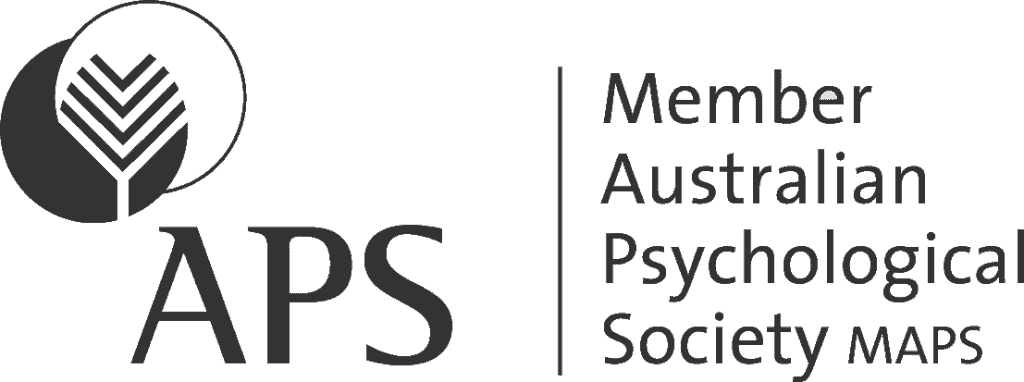
Experiencing a traumatic event can be a life-altering and deeply challenging experience. Whether it’s a natural disaster, a serious accident, physical or sexual assault, or the sudden loss of a loved one, the impact can reverberate through our lives, leaving us feeling overwhelmed, lost, and emotionally wounded.
However, it’s important to remember that healing is possible. In this article, we will explore the process of healing from a traumatic event, providing insights, guidance, and practical tips for individuals who have either experienced a traumatic event themselves or wish to support someone they care about. By understanding the healing journey and implementing effective strategies, we can begin to reclaim our lives and find renewed hope and strength.
Understanding the Impact of Trauma
The first step in the healing process is to acknowledge and understand the profound impact that trauma can have on our lives. Traumatic events can leave lasting emotional, psychological, and physical imprints that require our attention and care.
The Emotional Rollercoaster
After a traumatic event, it is common to experience a wide range of intense emotions. These emotions can fluctuate, sometimes dramatically, and may include feelings of fear, anger, sadness, guilt, and even confusion. For example, a car accident survivor might find themselves constantly feeling on edge while driving, having vivid flashbacks, or experiencing anxiety in similar situations.
Cognitive and Psychological Effects
Trauma can also significantly impact our cognitive functioning. It can disrupt our ability to concentrate, make decisions, and process information effectively. Memory problems, difficulties with attention, and negative thoughts about ourselves, others, or the world can arise. For instance, someone who has experienced a traumatic event may struggle with intrusive thoughts, negative self-perception, or a sense of detachment from reality.
Physical Manifestations of Trauma
It’s important to recognise that trauma can have physical effects on our bodies as well. The stress response triggered by trauma can lead to a range of physical symptoms such as headaches, gastrointestinal issues, sleep disturbances, and weakened immune system functioning. These physical manifestations serve as reminders that trauma impacts us holistically—mind, body, and spirit.
Nurturing Yourself: Self-Care and Support
The healing journey begins with self-nurturing and cultivating a supportive environment. Here are some essential practices to consider:
1. Prioritise Self-Care
Self-care is crucial in healing from a traumatic event. This involves recognising your needs and making intentional efforts to meet them. Engage in activities that bring you joy, peace, and relaxation. It could be as simple as taking a walk in nature, practicing mindfulness or meditation, indulging in a hobby, or pampering yourself with a warm bath. Remember, self-care is not selfish; it is an essential part of the healing process.
2. Seek Social Support
Building a strong support system is essential for healing. Reach out to trusted family members, friends, or support groups who can provide understanding, empathy, and a listening ear. Sharing your experiences and emotions in a safe and supportive environment can alleviate feelings of isolation and provide validation. Additionally, online communities or forums centered around trauma recovery can connect you with others who have walked a similar path.
3. Professional Guidance
Consider seeking professional help from qualified psychologists or counsellors experienced in trauma-focused therapy. They can provide specialised support and evidence-based techniques to address trauma-related symptoms. Therapies such as Cognitive Behavioural Therapy (CBT), Eye Movement Desensitisation and Reprocessing (EMDR), and somatic experiencing have shown effectiveness in trauma recovery. A skilled professional can guide you through the healing process, helping you develop coping strategies, process emotions, and cultivate resilience.
4. Expressive Writing
Expressive writing is a powerful tool for processing emotions and promoting healing after trauma. Set aside dedicated time to write in a journal about your thoughts, feelings, and experiences related to the traumatic event. Allow yourself to explore your emotions without judgment or censorship. Writing can help you gain insights, release pent-up emotions, and find a sense of catharsis and clarity.
Steps to Healing and Recovery
While the healing journey is unique to each individual, certain steps can guide us along the way. Let’s explore these steps and practical tips for implementation.
Step 1: Acknowledge and Validate Your Experience
The first step toward healing is acknowledging the impact of the traumatic event and validating your emotional and psychological responses. Understand that your feelings and reactions are normal responses to an abnormal situation. Give yourself permission to grieve, to feel angry, to be confused. By acknowledging and accepting your emotions, you open the door to healing.
For example, let’s say you experienced a traumatic car accident. Acknowledging the impact of this event entails recognising the profound effect it had on your life. It’s essential to validate your emotional and psychological responses, understanding that your feelings and reactions are natural and understandable given the abnormal circumstances you endured. Allow yourself to grieve the loss of a sense of safety, to feel anger towards the situation, and to experience confusion as you navigate the aftermath. By giving yourself permission to embrace these emotions without judgment or guilt, you create a space for healing to begin. This acknowledgment and acceptance of your emotional experience lay the foundation for processing the trauma and ultimately moving forward on your healing journey.
Step 2: Establish Safety and Stability
Creating a safe and stable environment is crucial for healing from trauma. Identify triggers that may cause distress and take steps to minimise exposure to them. Establish routines that provide a sense of predictability and security. Surround yourself with supportive and trustworthy individuals who respect your boundaries and foster a sense of safety.
For example, if loud noises trigger distressing memories or anxiety, you might choose to minimise exposure to environments with sudden loud sounds or wear noise-cancelling headphones in situations where you anticipate noise levels that might overwhelm you. This proactive step helps create a safer space and minimises the risk of triggering distress.
In terms of establishing routines, setting consistent daily schedules for activities such as waking up, meals, exercise, and leisure can create a sense of predictability and stability. This structure can provide a reliable framework to navigate daily life and promote a sense of control and security.
Surrounding yourself with supportive and trustworthy individuals is crucial for building a healing environment. These individuals can be friends, family members, or even support groups who understand and validate your experiences. By establishing healthy boundaries and communicating your needs, you create an atmosphere where you feel respected, heard, and supported. This social support helps foster a sense of safety, encourages open expression of emotions, and provides a network of individuals who can offer understanding and assistance on your healing journey.
Step 3: Process and Express Emotions
Give yourself permission to process and express your emotions in healthy ways. Engage in activities that allow you to release emotions, such as art, music, or physical exercise. Find healthy outlets that resonate with you and provide a channel for emotional expression and release.
For example, if you find solace in art, you could explore different forms of artistic expression to process and release your emotions. Engaging in painting, drawing, or sculpting can provide a creative outlet to visually express your inner feelings and experiences. Allow yourself to freely explore colours, shapes, and textures that represent your emotions, letting the creative process serve as a cathartic release.
Music can also be a powerful tool for emotional expression and release. Playing an instrument, singing, or simply listening to music that resonates with your emotions can help channel and release pent-up feelings. Allow the melodies, rhythms, and lyrics to evoke and validate your emotions, allowing them to flow and find release through the power of music.
Physical exercise is another effective outlet for emotional release. Engaging in activities such as running, dancing, or practicing yoga can help you connect with your body and release stored tension and stress. As you engage in physical movement, imagine yourself releasing negative emotions with each breath or step, allowing the physical exertion to serve as a way of releasing emotional energy.
Step 4: Challenge Negative Thoughts and Beliefs
Trauma can distort our perception of ourselves and the world around us. It’s important to challenge negative thoughts and beliefs that may arise. Practice self-compassion and self-reflection. Consider working with a therapist or counselor to help reframe negative thoughts and develop a more balanced perspective.
Step 5: Rebuilding Trust and Connection
Trauma can erode our trust in ourselves, others, and the world. Engage in activities that rebuild trust and foster connection. Start by setting healthy boundaries and gradually allowing yourself to form new connections with trusted individuals. Participate in support groups or therapy settings where you can share experiences, learn from others, and find solace in a community of understanding individuals.
Step 6: Finding Meaning and Post-Traumatic Growth
While trauma can be devastating, it can also be an opportunity for growth and personal transformation. Seek meaning in your experiences and explore ways to integrate the lessons learned into your life. Engage in activities that align with your values and provide a sense of purpose. Volunteer for causes close to your heart or find ways to help others who have experienced similar traumas. By finding meaning, you can not only heal but also discover a newfound resilience and strength within yourself.
Embracing the Journey of Healing
Healing from a traumatic event is a courageous and transformative journey. It requires patience, self-compassion, and a commitment to your well-being. Remember, healing is not linear, and it’s okay to have setbacks along the way. Celebrate the small victories, no matter how insignificant they may seem. By implementing self-care practices, seeking support, and following the steps to healing, you are taking active steps toward reclaiming your life, fostering resilience, and discovering a renewed sense of hope and purpose. Embrace the journey, and remember that you are not alone.
If you, or somebody you know needs to speak with a professional trauma counsellor or psychologist, book an appointment with our team today.









